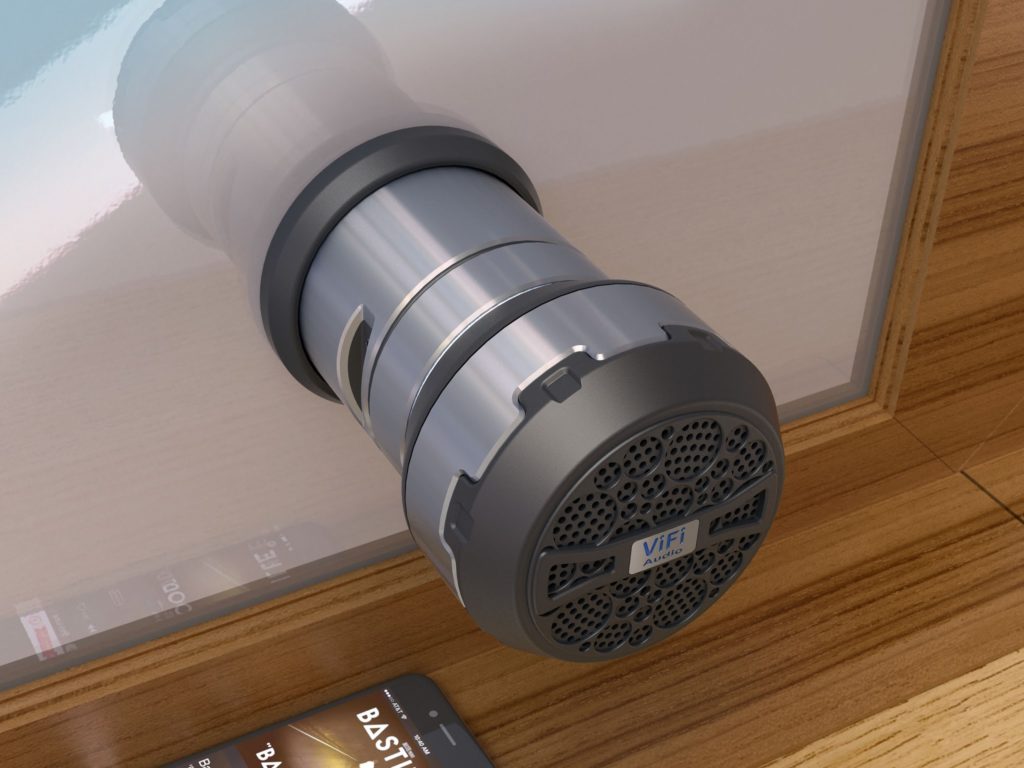Does My Consumer Electronics Invention Need Bluetooth?
For a consumer electronics design company such as TriMech Design Solutions (formerly MAKO), IoT is a hot topic in the consumer electronics industry. IoT has taken the modern age by storm with wireless interconnectivity between your smartphone, wearable watch and home electronics. But how does the small icon in the corner of your screen work? More importantly, does your consumer electronics invention need Bluetooth in order to be successful in the market?
What is Bluetooth?
In short, Bluetooth-compatible devices have a tiny computer chip with a Bluetooth radio (transmitter and receiver). Short-range communication occurs between devices on a piconet network. When using radio waves, a network is established and one device becomes the master while the other(s) is the slave. Bluetooth devices automatically detect and connect to one another with a maximum of 8 connecting together at once.
If two devices want to talk, they pick a random channel. If that channel is already taken, the devices will randomly switch to another in a process known as spread-spectrum frequency hopping. Pairs of devices are constantly shifting frequency to minimize the risks of interference from other electrical appliances and to improve security.
How does Bluetooth play out in IoT?
Because of its ubiquitous smartphone integration, Bluetooth has become an almost essential wireless connectivity option for consumer electronics, smart homes and monitoring devices. Piconets are now able to join together to form a larger network known as a scatternet. Bluetooth devices with point-to-multipoint capability can engage in scatternet communication, and several piconets can now be connected to each other through one scatternet. Additionally, a single Bluetooth device may participate as a slave in several piconets but can only be a master in one piconet.
Bluetooth-enabled adapters can now control the power supply of non-network-enabled home consumer electronics, such as a coffee maker or lamp. These appliances interact with a user’s smartphone and with each other through a hybrid mesh network that transforms multiple Bluetooth point-to-point connections into a scatternet.
One device in each Bluetooth hub also participates as a slave in another piconet, thus enabling messages to be relayed between each hub and its devices. Using scatternets, the Internet of Things is able to come to life.

The ViFi audio speaker was designed by consumer electronics product development firm, MAKO Design. MAKO performed full in-house industrial design, electrical engineering and mechanical engineering for the consumer electronics project. The IoT product has Wi-Fi and Bluetooth compatibility, thanks to MAKO’s custom PCB design.
So, does my consumer electronics invention need Bluetooth?
TriMech Design offers full in-house electrical design expertise in developing PCB chips for Bluetooth connectivity between devices. However, the cost of electrical design for wireless connectivity at any consumer electronics design firm can range from anywhere between one thousand to one hundred thousand dollars.
If your consumer electronics invention needs wireless compatibility with other devices, Bluetooth should be explored. If not, then having Bluetooth isn’t necessary for your consumer electronic product’s market success.
Have a Product Idea?
Discover our product development services tailored to startups, small manufacturers, and inventors.
Design Newsletter
Get the latest news curated for designers, makers and inventors.
Product Design Experts related to this content:
Discover our team of designers, engineers, project managers, and problem-solvers.
Harsimranjit Kaur, Senior Electronics Designer
Harsimranjit Kaur (Simran Kaur) P.Eng., is a Senior Electronics Designer at TriMech Design in Toronto, Canada, dedicated to transforming innovative ideas into market-ready electronic products.
Victor Ossai, Electronics Designer
Victor Ossai is an experienced electronics designer with over a decade of R&D experience in electronic product design and development.
More from our Blog
The Most Valuable Traits That Every Inventor Should Have and How to Develop Them
Ever wonder what are the valuable inventor traits? We’ve detailed the best ones and how to develop them in our new blog.
Why Prototypes are Essential to Great Product Design
Prototype design isn’t just advisable but mandatory for great product design and success. We break down some of the reasons why.
What is Finite Element Analysis Used For? Unlocking the Power of FEA in Engineering Solutions
In this blog, we'll discuss the significance of finite element analysis, exploring what it is, why it matters, and how your company can strategically employ...
Need help with your Product Idea?
Tell us about your invention or product design idea and get the help you need design, build and bring it to market


















